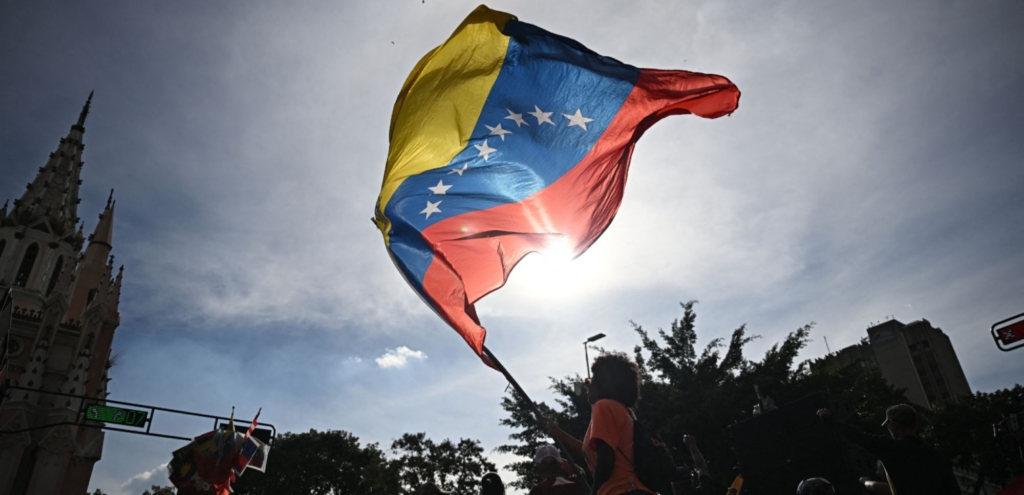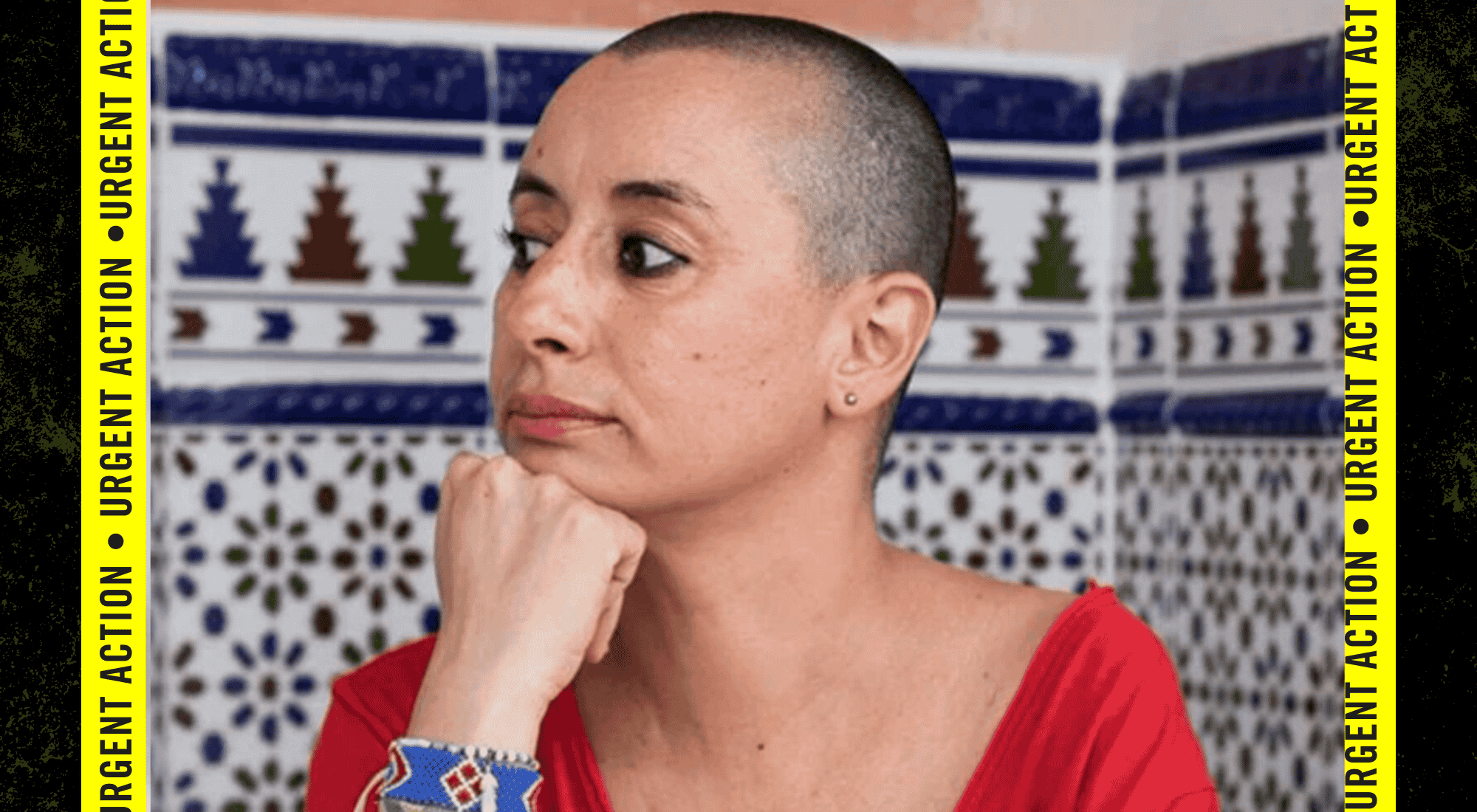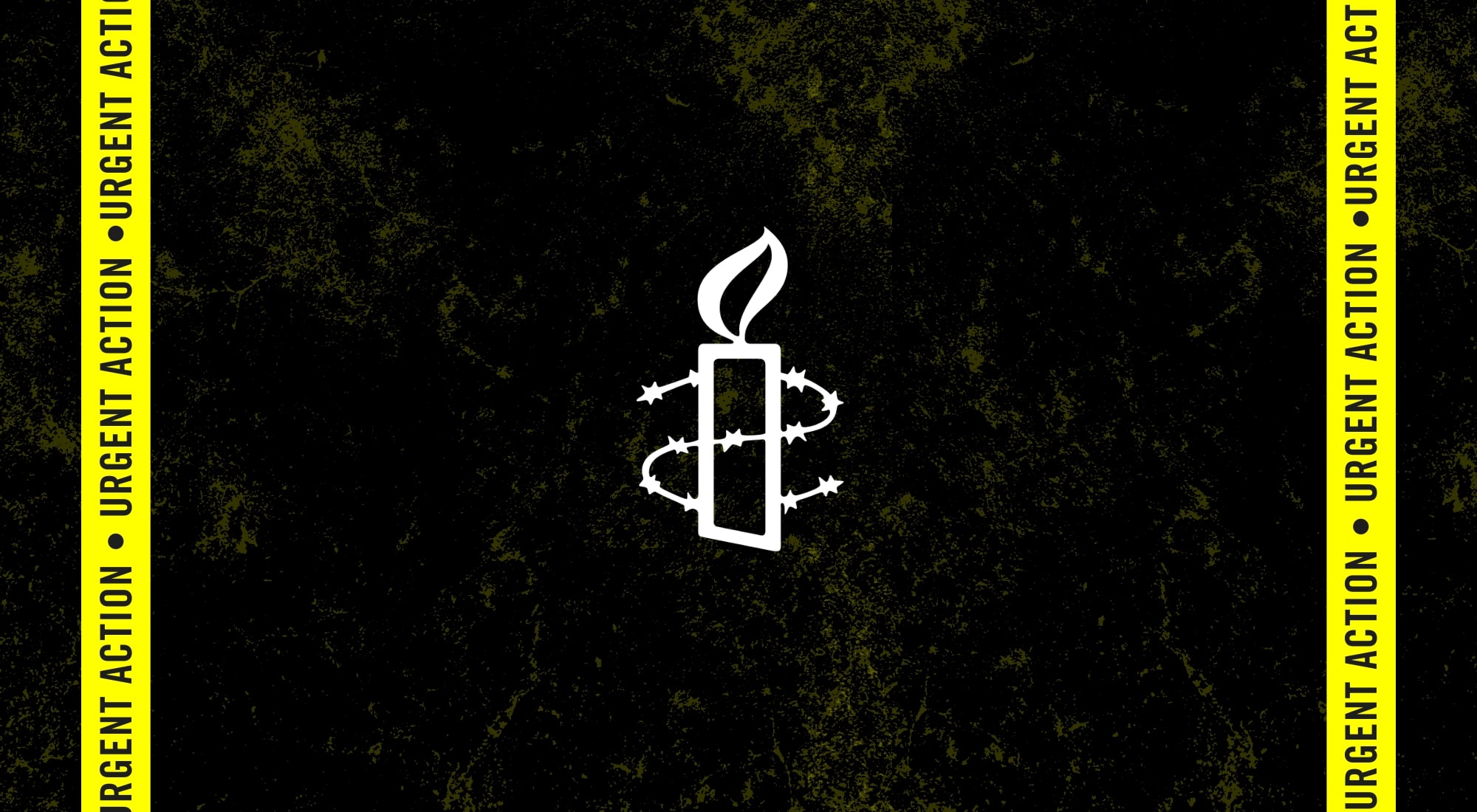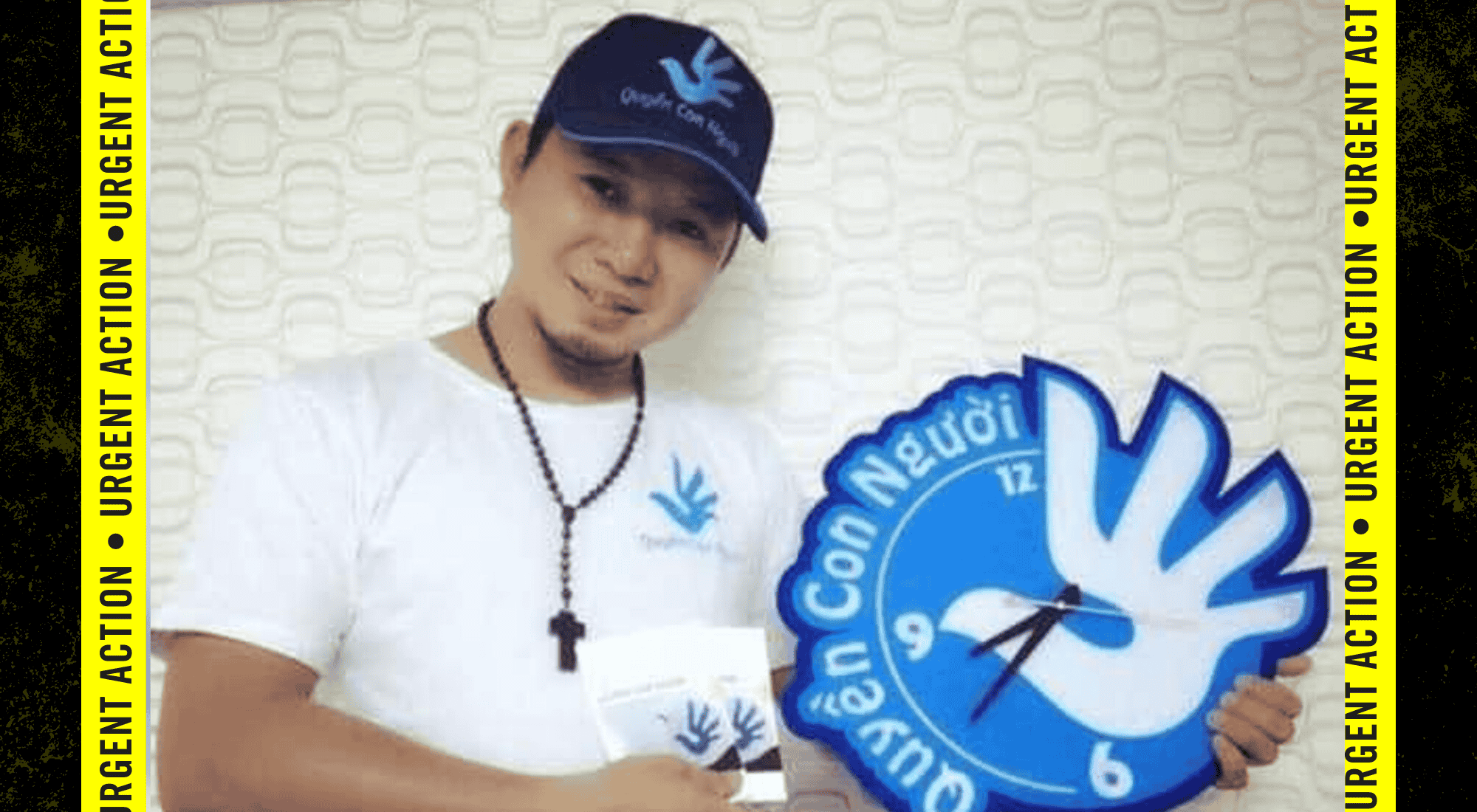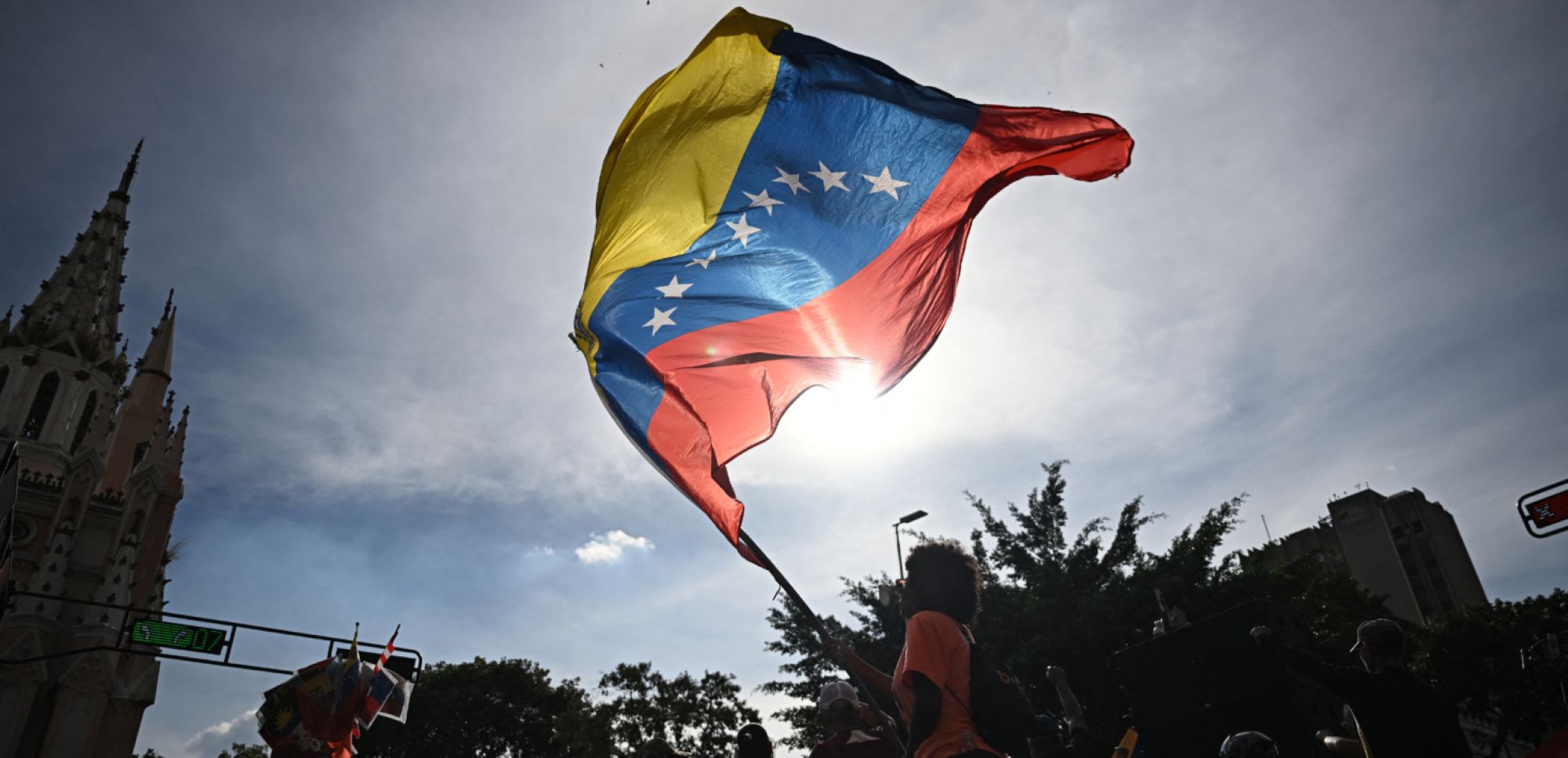Ten years ago, on 2 December 2002, young people from the Grassy Narrows First Nation in northwestern Ontario went out onto a road leading past their reserve and stopped the logging tracks carrying away trees cut on their traditional territory. Community member Judy DaSilva says of the blockade, ‘It was the last thing we could do because everything around us was disappearing. The clean water, the clean air, our way of life, our traditions, like the wild rice picking and even blueberries were disappearing.’
The blockade catalyzed one of the most successful campaigns in recent Canadian history for the recognition and protection of the human rights of Indigenous people rights. But the campaign is not over.
The logging has stopped, for now. And Grassy Narrows is in high level talks with the province over the future of the forest. But there is still no guarantee that their rights will be upheld.
The people of Asubpeeschoseewagong Anishinabek (Grassy Narrows First Nation) have shown a steadfast determination to maintain and restore their lands and way of life, often in the face of overwhelming odds. Amnesty International has been proud to stand alongside them through our reports and letter-writing appeals.
Watch our interview with Judy DaSilva about the way that the blockade transformed the community and its struggle.
Check out this great photo retrospective of the Grassy Narrows blockade made for the 10th anniversary by Jon Schledewitz.
Amnesty’s campaign in support of Grassy Narrows
Tenth anniversary statement from Grassy Narrows
















